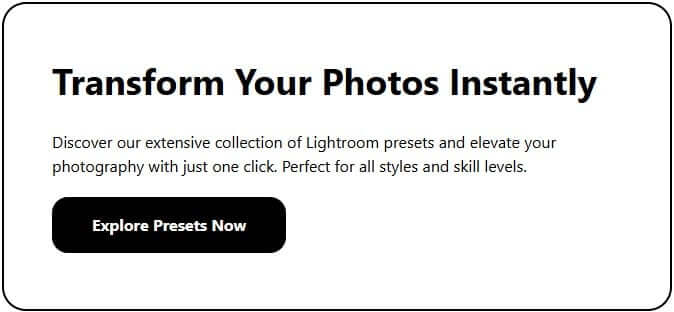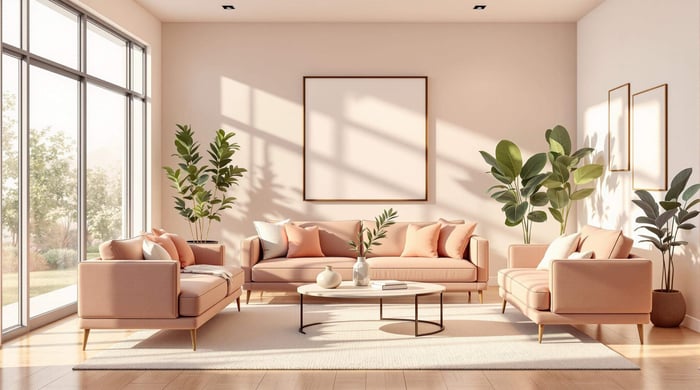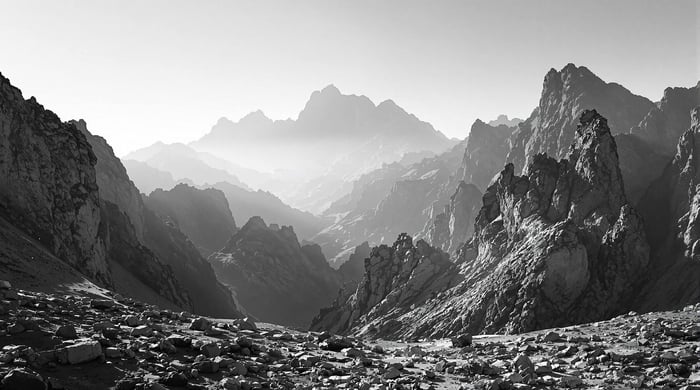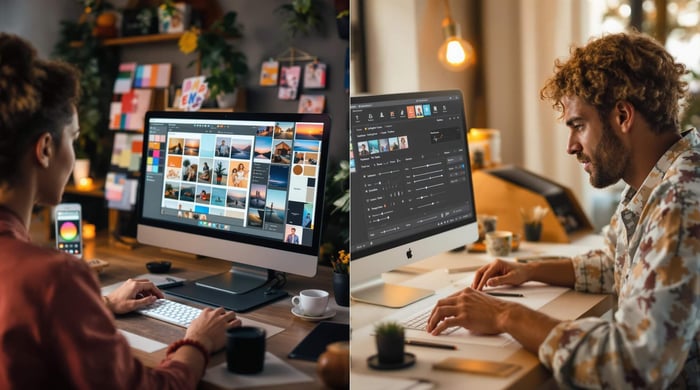How to Adjust Presets for Different Types of Lighting
Adjusting Lightroom presets for various lighting conditions is key to consistent, natural-looking photo edits. Different lighting - natural, artificial, golden hour, or low light - requires specific tweaks to exposure, contrast, and color temperature. Here’s a quick guide:
- Natural Light: Adjust exposure and highlights based on the time of day (e.g., soften harsh midday light or balance morning tones).
- Artificial Light: Fix color casts (e.g., green from fluorescent or warmth from LED) using white balance and temperature sliders.
- Golden Hour: Enhance warm tones carefully to avoid oversaturation and recover shadow details.
- Low Light: Reduce noise, brighten shadows, and manage exposure.
Use Lightroom’s Light and Color panels for broad adjustments, and masking tools for targeted edits. Start with a preset, then fine-tune settings to match the scene. For tricky lighting, third-party presets can also help streamline your workflow. With practice, you’ll master creating polished edits for any lighting scenario.
How I Edit in Different Lighting Situations
Understanding Different Lighting Conditions
Different lighting conditions can make photo editing with presets tricky. Knowing how to adjust for these variations is key to achieving the best results.
Natural Light Characteristics
Natural light changes throughout the day, impacting exposure and color temperature. Here's how different times of day affect your photos and how to tweak your presets:
| Time of Day | Characteristics | Suggested Adjustments |
|---|---|---|
| Morning | Cool, soft light | Fine-tune exposure and contrast to keep tones natural |
| Midday | Direct, harsh light | Lower contrast and recover blown-out highlights |
| Late Afternoon | Variable intensity | Balance shadows and highlights for consistent results |
The trick is to recognize how natural light shifts and adjust your presets to maintain accurate colors and proper exposure.
Artificial Light Effects
Artificial lighting comes with its own set of challenges. Each type of artificial light source affects your photos differently:
- Fluorescent lighting often adds a greenish hue.
- LED lighting can introduce warmer tones.
To fix these issues, use white balance and temperature sliders to neutralize unwanted tints. The goal is to ensure your colors look natural and realistic.
Golden Hour and Low Light Challenges
Certain lighting scenarios, like golden hour or low light, require extra care. Golden hour's warm, glowing light needs careful adjustments to avoid oversaturation, while low-light conditions call for noise reduction and shadow recovery.
Here’s what to focus on:
- Adjust contrast and saturation to enhance golden hour's warm tones without overdoing it.
- Modify exposure to retain shadow details.
- Use Lightroom's noise reduction tools to handle grain in low-light photos.
The Light panel in Lightroom is your go-to tool for managing exposure and contrast. It helps you avoid adding noise or losing details in shadows, ensuring your presets work seamlessly with the unique qualities of each lighting condition.
How to Adjust Presets for Different Lighting
Now that you've learned about various lighting conditions, let's dive into tweaking presets to get the best results.
Adjusting Exposure, Contrast, and Highlights
The Light panel in Lightroom is your go-to for managing brightness and detail. Start by adjusting the Exposure - lower it slightly for bright sunlight or increase it for dim settings. Use the Contrast slider to bring balance between shadows and highlights. The Highlights slider is great for pulling back details in brighter areas without disrupting the overall exposure.
Adjusting White Balance and Color Temperature
White balance helps ensure your colors look natural, no matter the lighting. In fluorescent lighting, shift the Temperature slider to reduce green tones. For LED lighting, fine-tune the settings to keep skin tones looking natural. When editing golden hour shots, enhance the warm tones but avoid going overboard with saturation.
Using Light and Color Panels
To adjust presets effectively, combine the tools in the Light and Color panels. Start with the Light panel to set exposure and contrast, then move to the Color panel to tweak temperature and tint. For complex lighting situations, like mixed light sources, use masking tools to make targeted changes to specific parts of your image.
For tricky scenarios, such as overcast days, here's a tip from Beccajean Photography [3]:
"Lower highlights, raise shadows, and adjust the temperature slider towards yellow to add warmth to photos taken on overcast days. Use the Select Sky Mask or Linear Gradient Mask to darken the sky and enhance its appearance."
The Auto button in the Light panel can be a helpful starting point [2]. After that, fine-tune the settings to match your lighting and creative goals. This method lays the groundwork for mastering more advanced editing techniques later on.
Advanced Techniques for Optimizing Presets
Elevate your photo editing game by exploring advanced tools and methods that give you precise control over various lighting scenarios - just like the pros.
Combining Presets with Masking Tools
Lightroom's masking tools allow you to fine-tune lighting in specific parts of your photo. Here's how to seamlessly blend presets with masks for better results:
- Apply a preset: Start with a preset that matches your desired look.
- Use the Select Sky mask: Perfect for adjusting skies without affecting other parts of the image.
- Apply the Subject mask: Ideal for enhancing skin tones and bringing out details in subjects.
- Create custom masks: Use radial or linear gradients for targeted adjustments.
For more intricate lighting setups, mix different masks. For example, use a radial gradient to brighten faces and a linear gradient to tweak background exposure. This method ensures balanced lighting while keeping the photo natural.
Once you're comfortable with masking, consider adding third-party presets to your toolkit for even more flexibility, especially in challenging lighting.
Choosing Third-Party Presets
If standard presets aren't cutting it, third-party options can offer a strong starting point. For instance, DVLOP provides presets designed to maintain consistent colors across various lighting conditions and camera brands [1].
When selecting third-party presets, look for these qualities:
- Designed for specific lighting needs.
- Easy to customize to fit your style.
- Backed by positive reviews from trusted sources.
To stay organized, group your presets into folders based on lighting conditions. This keeps your workflow smooth and helps maintain consistency across edits.
Mastering Preset Adjustments
Lighting plays a huge role in shaping the quality of your photos. If you want to create polished, professional edits, it’s crucial to understand how to work with Lightroom’s tools effectively. These tools can help you turn tricky shots into captivating images while keeping your portfolio consistent.
The Light and Color panels are your go-to for fine-tuning preset adjustments. For low-light photos, managing exposure and reducing noise can bring out hidden details without sacrificing quality. Need to fix color casts? The Temperature and Tint sliders are perfect for balancing tones, whether you're working with cloudy skies or tricky indoor lighting.
For even more control, masking tools can be a game-changer. They let you target specific areas of your image, working alongside your preset adjustments to fine-tune details. Using specialized presets also ensures your colors stay uniform, no matter the lighting conditions - a must for photographers working in varied environments.
Developing your preset skills takes time. The more you experiment with different lighting scenarios, the better you’ll get at knowing what works. It’s not just about fixing problems; it’s about enhancing the natural beauty of your photos and keeping your style consistent.
With regular practice, you’ll learn how to adapt presets effortlessly. This blend of technical expertise and creative flair will help you tackle any lighting challenge and take your photography to the next level.
FAQs
How do I edit photos with different lighting?
Editing photos with varying lighting can feel tricky, but a few steps can make it much easier. Start with the Light and Color panels to fine-tune brightness, contrast, and color temperature for any situation.
| Adjustment Type | Technique |
|---|---|
| Basic Tone Adjustments | Adjust exposure and contrast to even out the overall lighting. |
| Color Temperature | Modify white balance to match the type of light source. |
| Detail Recovery | Refine highlights and shadows to bring out important details. |
For photos in natural light, align the white balance with the sun's tones. During golden hour, add warmth without going overboard. For low-light shots, recover shadow details while keeping noise under control. Use Vibrance to boost colors gently without making skin tones look unnatural.
"Using the Alt (Option) key while adjusting the Whites slider helps set the perfect white point, especially crucial when dealing with mixed lighting conditions" [2].
If the lighting is particularly tricky, masking tools can help you adjust specific areas with precision. Consider creating lighting-specific presets and use Lightroom's Sync feature to apply consistent edits across similar photos.


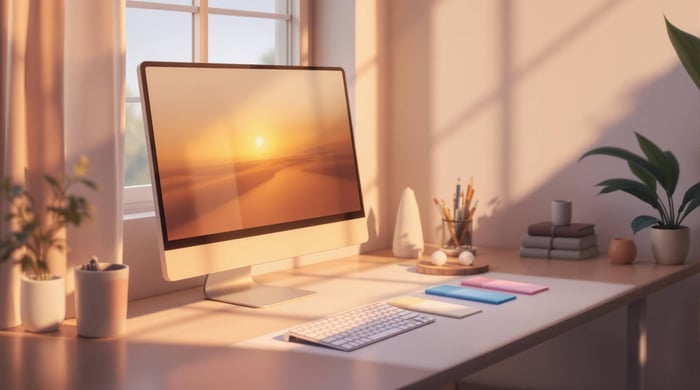
.png)
